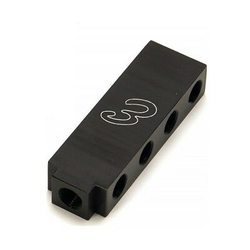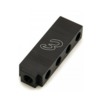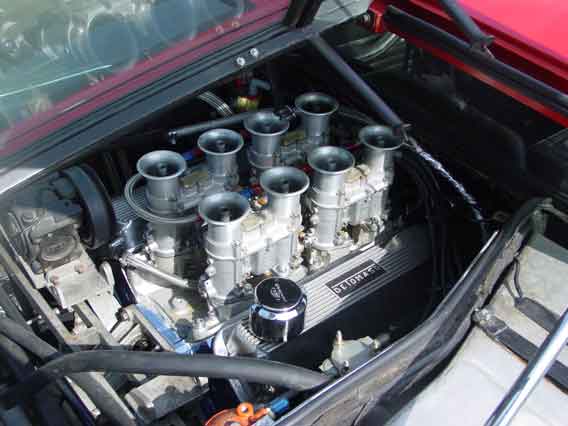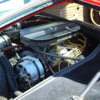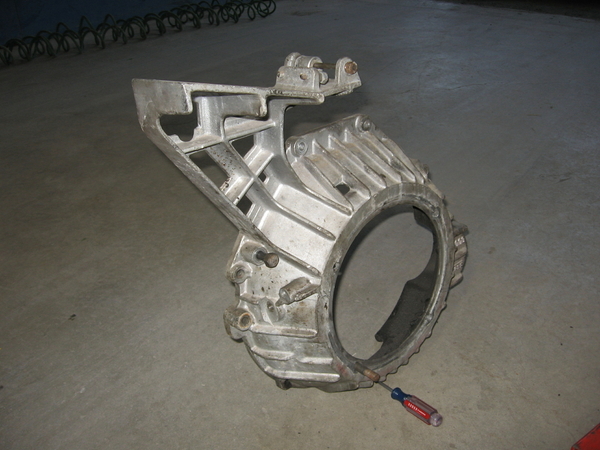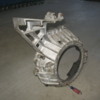With all the recent project action in the Pantera section, it seemed like a good time to post a few images of my (still incomplete) custom induction setup for #1010. If ANY stock carb or manifold parts had come with the car I would likely have dutifully returned it to stock, I thought it would be more fun (?!!) to try something different. I wanted to run Webers, but didn't want to omit or modify the OEM jackshaft, so IDAs and IDFs were out of the question. After debating various options, DCNFs seemed to make the most sense, being compact enough to sit in the valley, allow a RH throttle pull, float bowls in the 'proper' direction, and leave the jackshaft totally untouched.
Obviously no manifold was available so it needed to be welded up from whatever made the job as simple as possible. The basic concept was to adapt the top of a Maserati V8 manifold to a Ford tunnel ram bottom, but in practice the dimensions were not all optimal, and the final solution was to cut things into smaller bits and include some Aston Martin V8 manifold parts, including the forward carb perch, which was shaped differently than the Maserati design.
There was still a lot of fabrication to get from circular carb outlets to rectangular intake ports and keep the transition shapes respectable in all eight runners. Also it came clear that there was no way to fit a standard distributor b/c the forward carb interfered. This was solved by going distributorless, which eliminated the need to perform an service work at the front of the manifold, where there is NO space!
So things have only been mocked together so far, and the huge question remains if the motor will run well when everything is ready and first started. If it works it should sound great![]() The manifold provides vacuum for the brakes but does not yet have a PCV provision, which I want to hide on the underside of the manifold. Beyond that, fingers are crossed and hopefully a real test will happen in the next few months...…here are a few pics, enjoy!
The manifold provides vacuum for the brakes but does not yet have a PCV provision, which I want to hide on the underside of the manifold. Beyond that, fingers are crossed and hopefully a real test will happen in the next few months...…here are a few pics, enjoy!






